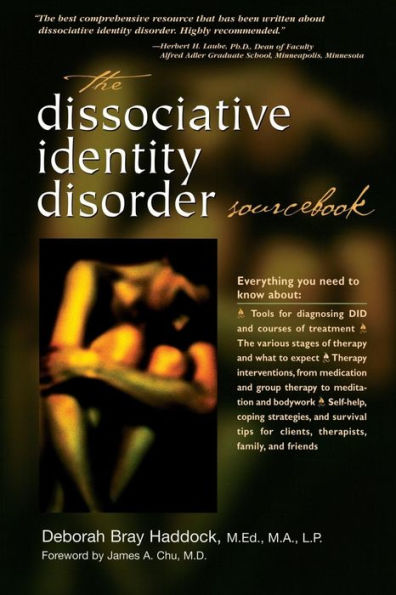From Eve to Sybil to Truddi Chase, the media have long chronicled the lives of people with dissociative identity disorder (DID), formerly known as multiple personality disorder. The Dissociative Identity Disorder Sourcebook serves as a much-needed bridge for communication between the dissociative individual and therapists, family, and friends who also have to learn to deal with the effects of this truly astonishing disorder.
From Eve to Sybil to Truddi Chase, the media have long chronicled the lives of people with dissociative identity disorder (DID), formerly known as multiple personality disorder. The Dissociative Identity Disorder Sourcebook serves as a much-needed bridge for communication between the dissociative individual and therapists, family, and friends who also have to learn to deal with the effects of this truly astonishing disorder.

The Dissociative Identity Disorder SourceBook
336
The Dissociative Identity Disorder SourceBook
336Paperback(New Edition)

Product Details
| ISBN-13: | 9780737303940 |
|---|---|
| Publisher: | McGraw Hill LLC |
| Publication date: | 07/31/2001 |
| Series: | Sourcebooks |
| Edition description: | New Edition |
| Pages: | 336 |
| Sales rank: | 394,281 |
| Product dimensions: | 5.90(w) x 8.90(h) x 0.89(d) |
